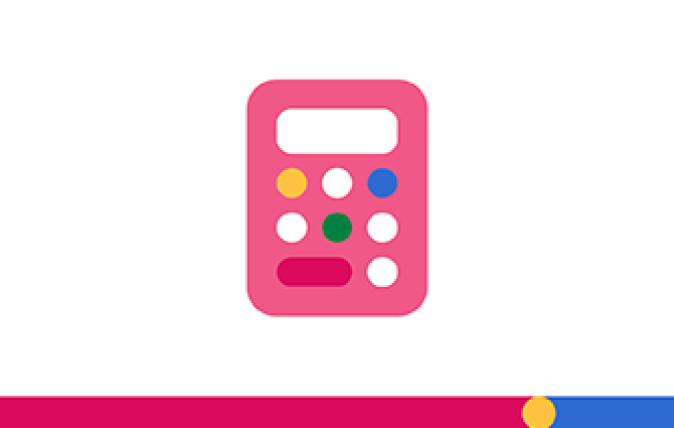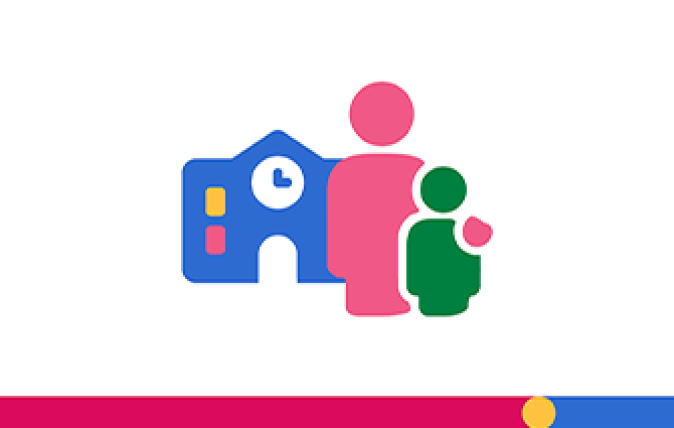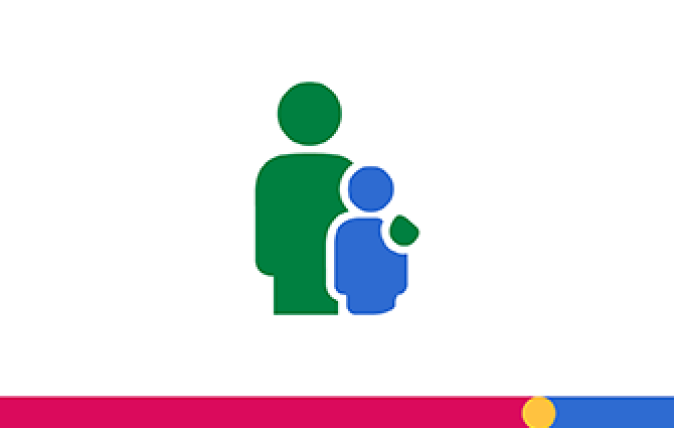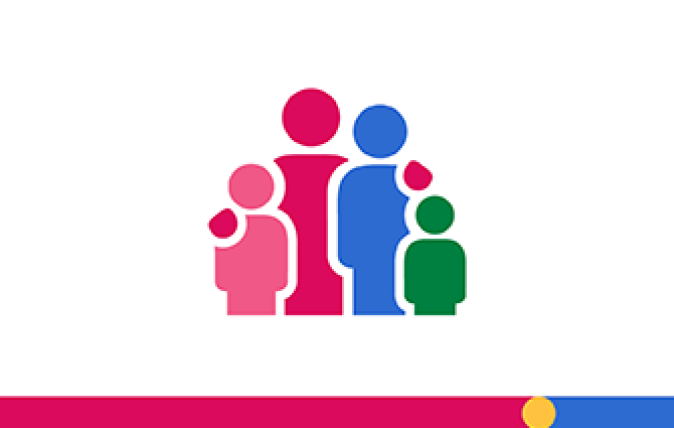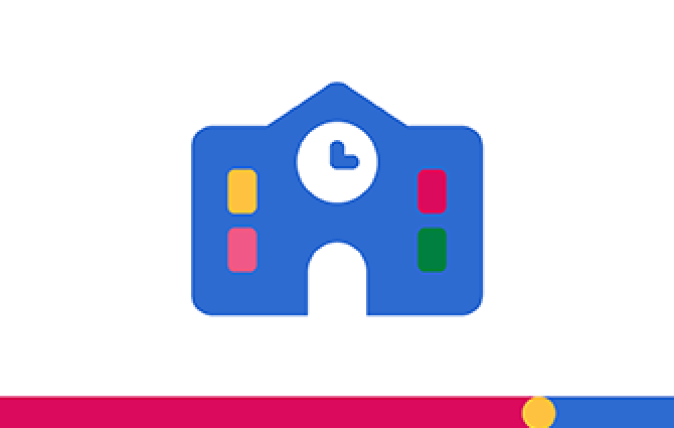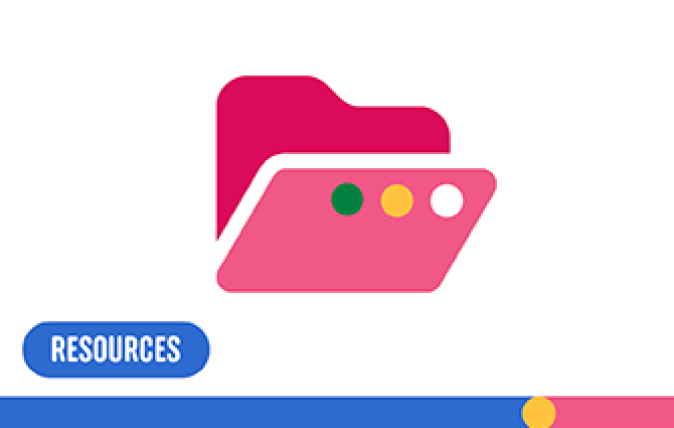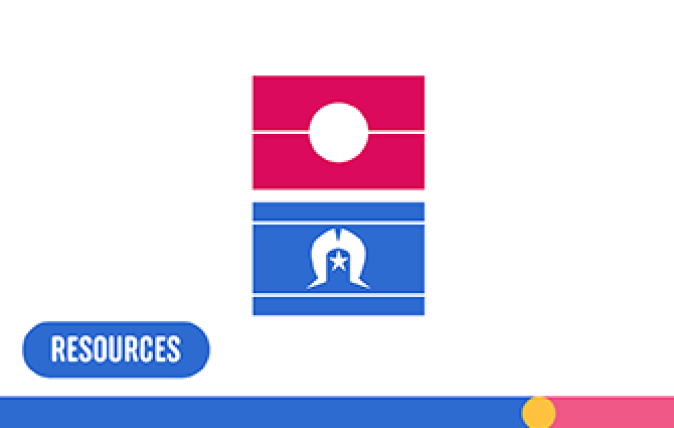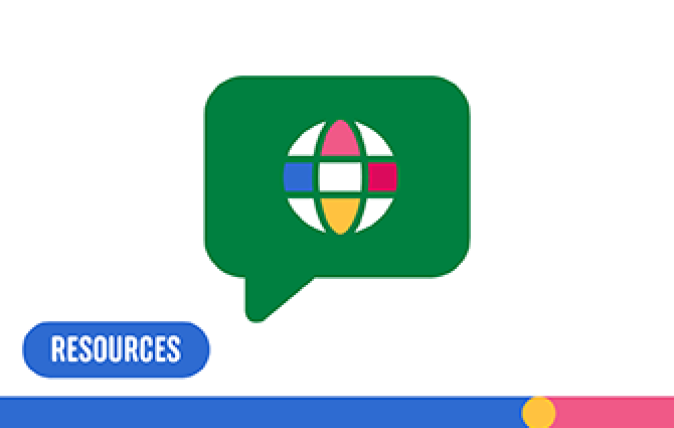Changes to Child Care Subsidy commenced on 10 July 2023, which means child care is now cheaper for most families. It also means some families previously not eligible for Child Care Subsidy will now get it. This change provides more support for more families across Australia.
Child Care Subsidy changes include:
- The family income limit to get Child Care Subsidy has increased from $356,756 to $530,000 per annum.
- The maximum amount of Child Care Subsidy has increased from 85% to 90%.
- Families earning $80,000 or less get a Child Care Subsidy rate of 90%.
- Families earning over $80,000 may get a Child Care Subsidy rate starting from 90%. This will go down by 1% for each $5,000 of income they earn above $80,000. This rate reaches 0% for families earning $530,000.
- Families earning below $362,408 with more than one child aged 5 or under in care can still get a higher rate for one or more of their children.
- Aboriginal and/or Torres Strait Islander children can get at least 36 subsidised hours of early childhood education and care per fortnight, regardless of their family's activity level.
Changes to Family Assistance Law, which give effect to increases in the subsidy, came into effect on 1 July 2023.
Child Care Subsidy activity test changes for Aboriginal and/or Torres Strait Islander children
Changes have also commenced to Child Care Subsidy for Aboriginal and/or Torres Strait Islander children. The changes mean Aboriginal and/or Torres Strait Islander children can now get at least 36 subsidised hours of child care per fortnight, regardless of their family’s activity level.
Some families may get more than 36 hours of Child Care Subsidy per fortnight based on their circumstances and the amount of recognised activity they do.
A family’s Child Care Subsidy rate will continue to be based on their income. Families must still pay the gap fee.
Child Care Subsidy resources for parents and providers
Authorised by the Australian Government, Canberra




